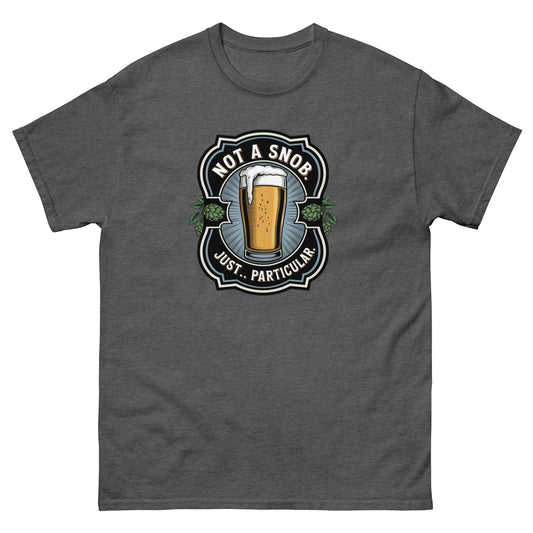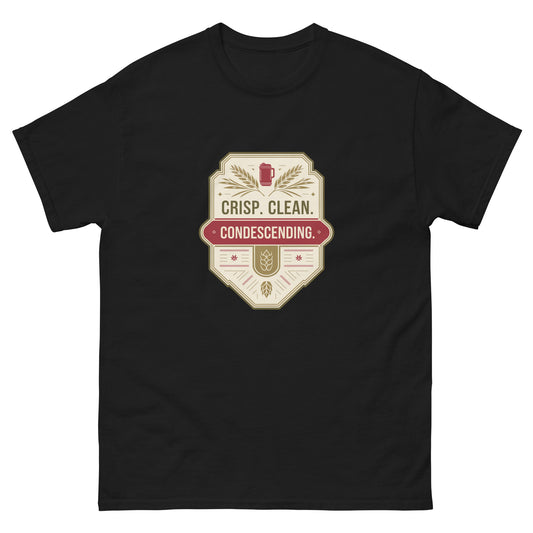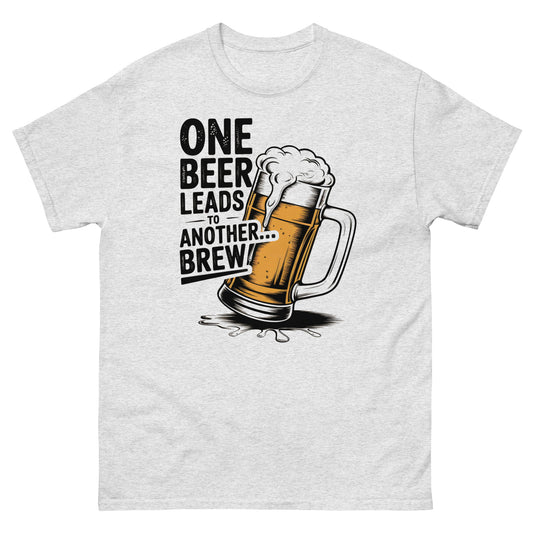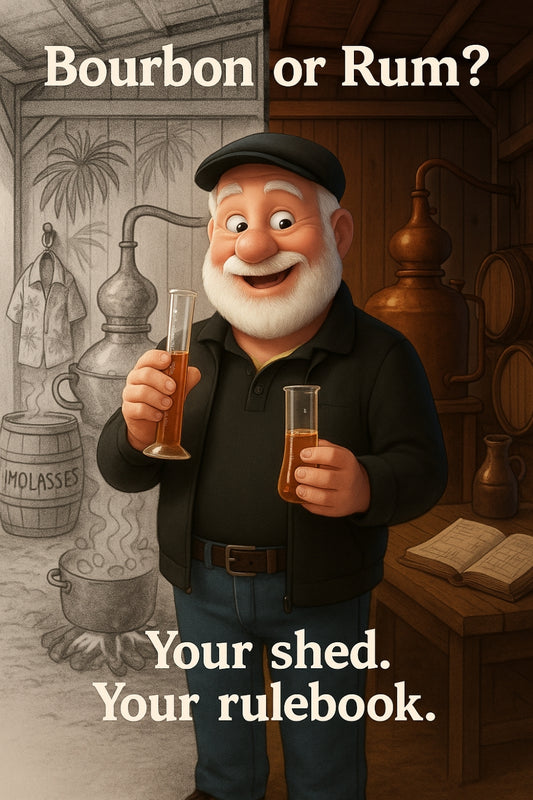Coopers taught us: real brewers know ale vs lager is more than taste—it’s strategy.
Share
Cracking the Code on Beer Styles: Why Ales and Lagers are Entirely Different Beasts
Let’s clear something up—if you’ve ever stood staring at a brew kit shelf wondering what the heck the difference is between an ale and a lager, you’re not alone. And here’s the thing: it’s not just about flavour. It’s about how the beer is made from the ground up. Everything from the yeast they use to the temps they ferment at shapes the drop you get in your glass.
So, what actually is the difference between ale and lager?
The short version? It comes down to yeast and temperature. And those two things control everything—how long it takes, how it tastes, and how clean or complex it ends up.
- Ales use top-fermenting yeast (Saccharomyces cerevisiae), working at warmer temps (15–24°C).
- Lagers use bottom-fermenting yeast (Saccharomyces pastorianus) and love it cold—around 7–13°C.
That’s the science-y bit—but what does that actually mean for a backyard brewer? Let’s break it down.
The Ale Personality: Bold, Fast, Full-Flavoured
Ales are where most newbies fall in love with brewing. They ferment quicker, usually take less effort on temperature control, and give bold malt or hop character right out the gate. You'll often pick up fruity notes or rich body without doing a heap of fiddling. Classic pub vibes, right?

If you're after a solid beginner ale with depth, Coopers Original Real Ale is a ripper. It pours bright golden with a blend of fruit and malt on the nose and settles with a satisfying, moderately bitter finish. Proper comforting brew, ideal for autumn BBQs and Friday arvo knock-offs in the shed.
The Lager Legend: Clean, Crisp, Refreshing
Lagers, on the other hand, are for those chasing something clean and refined. This is your classic backyard beer—pale, crisp, more subtle on flavours. It takes more patience and better temp control (a dedicated fridge or cool cellar helps), but it pays off with a super dialled-in finish.

For a crowd-pleaser you won’t overthink, get your hands on Coopers Original Lager. It gives a pale golden pour, light malt character, and finishes crisp every time—best served ice-cold after mowing the lawn or watching the footy with mates.
Quick Side-by-Side: Lager vs Ale
| Feature | Ale | Lager |
|---|---|---|
| Yeast | Top-fermenting | Bottom-fermenting |
| Fermentation Temp | 15–24°C | 7–13°C |
| Time to Brew | 7–10 days | 2–4 weeks (plus lagering) |
| Flavour Profile | Malty, fruity, full-bodied | Crisp, clean, mellow |
| Classic Example | Coopers Real Ale | Coopers Original Lager |
“But don’t ales and lagers taste similar?”
They can, especially if you use similar malt and hop combos. But it’s like comparing grilled steak to sous-vide—same meat, different method. The gear, the timing, the environment—it all layers into how your beer ultimately tastes and feels in the mouth.
The Brewing Shift: From Ale to Lager (or Vice Versa)
Trying both styles is part of the fun. Some brewers start with ale to build confidence and dial in their method. Others swear by the clean refreshment of lagers, especially in our South Aussie heat. Truth is, mastering both gives you control. Once you learn how temperature, yeast, and patience play together—you’ll start tweaking like a true veteran.
“Give someone a beer, they'll smile for a moment. Teach someone to brew, and they’ll grin every weekend.” – Candeece, Head of Homebrew at Strath H
Still trying to choose between them?
Ask yourself two questions:
- Do you want quicker results and bolder flavours right off the bat? Go Ale.
- Or are you chasing that pub-style crispness even it if means a longer haul? Go Lager.
No wrong answer—just different journeys to the same key destination: brewing a drop you’re proud to pour.
So, what’s the final verdict?
Ales and lagers aren’t just different beers—they’re different mindsets.
One brings speed and character, the other precision and polish. And when you understand what makes them tick, you can choose smarter, brew smarter, and enjoy the process a whole lot more. Your shed just became a lot more interesting.
Cheers to that, and may your next batch be your best yet.
—Candeece

Stay Connected
Join our homebrewing community: Beer and Barrel Society on Facebook
Follow our Facebook Page: Strathalbyn H Hardware on Facebook








